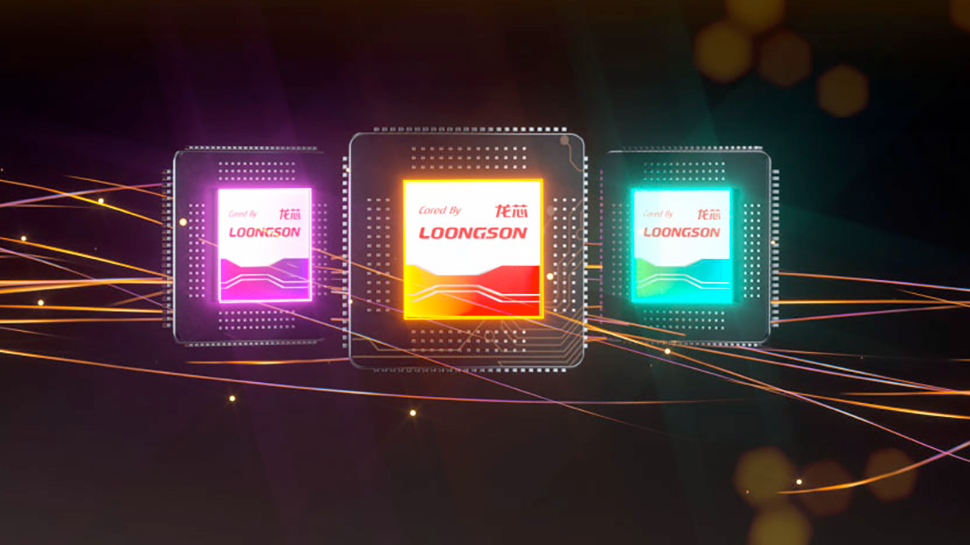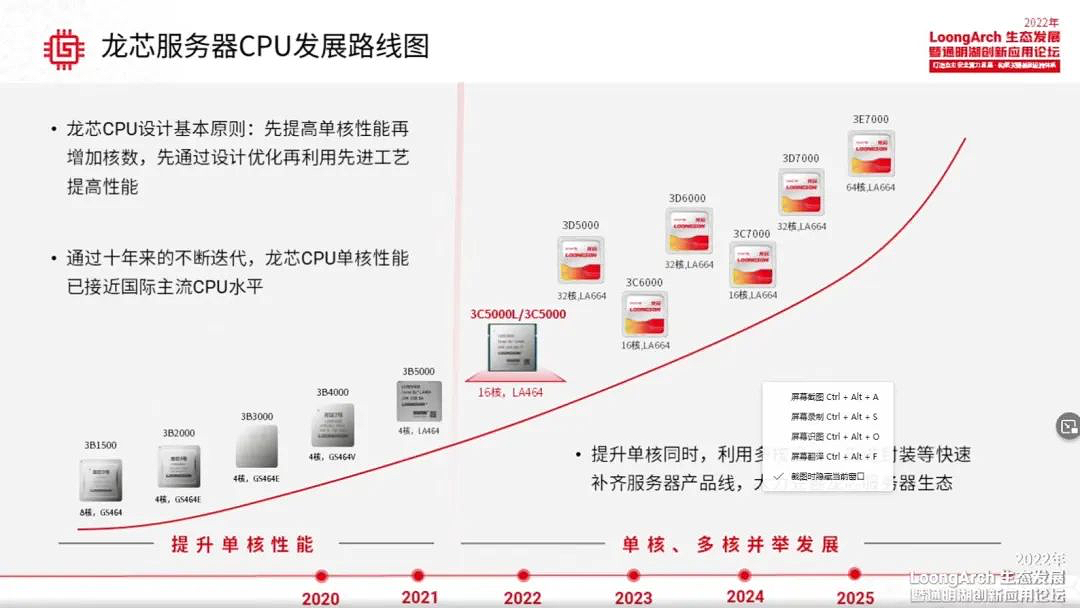
Chinese chipmaker Loongson's next-generation 3A6000-series CPUs will feature simultaneous multithreading support, the latest Linux 6.5 patches that the company submitted (via Phoronix). The addition of SMT will double the number of threads these chips will process simultaneously.
Loongson's SMT implementation in its next-generation 3A6000-series processors is similar to AMD's and Intel's and enables one physical CPU core to process two threads at the same time. Therefore, the company's quad-core 3A6000 processor for client PCs will be able to process eight threads simultaneously. Meanwhile, Loongson's datacenter grade 32-core 3D6000 CPU will be able to process 64 threads at once.
"Loongson-3A6000 has SMT (Simultaneous Multi-Threading) support, each physical core has two logical cores (threads)," Loongson's description of the technology reads. "This patch adds SMT probe and scheduler support via ACPI PPTT."

In addition to enabling SMT, Loongson's patch also enables support for 128-bit vector processing extension instructions (LSX) and 256-bit advanced vector processing extension instructions (LASX) for the new CPUs. While both LSX and LASX are parts of the LoongArch microarchitecture that powers existing 3A5000-series processors, it is unclear whether they were ever enabled and if they were, what performance benefits did they bring.
Loongson anticipates that its forthcoming LoongArch 6000-based CPUs will equal AMD's Zen 3 in terms of instructions per clock (IPC), potentially positioning Loongson as a competitor against top-tier processor manufacturers. Matching IPC performance AMD's Zen 3 is a big achievement for Loongson as its existing CPUs lag behind those from AMD and Intel.
But IPC alone does not guarantee success and make 3A6000/3C6000/3D6000 processors competitive against respective AMD Ryzen 5000-series and AMD 3rd Gen EPYC parts even with similar core counts. Factors such as clock speed and other platform features like the memory subsystem will significantly influence the final performance. We'll have to wait to see the chips when they emerge in the wild to suss out those details.







